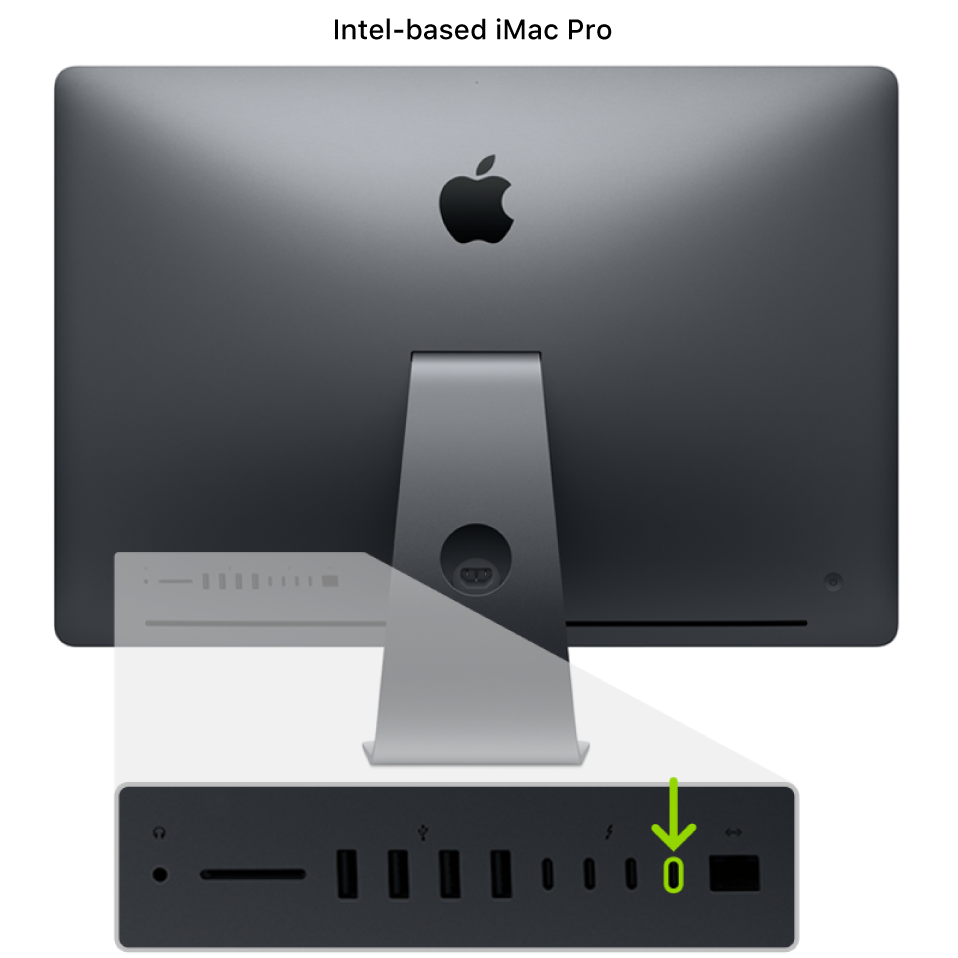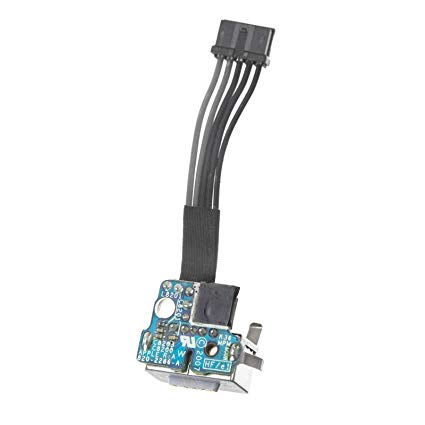

Step 2: Create Mac Startup Disk on External USB Drive (macOS or Mac OS X) Click Erase on the top then complete the fields like below. Click Disk Utility and select your disk name. Press Command + R key while starting up to open macOS Utilities window. If it’s not the case, don’t worry, you can easily create one with Disk Utility.įormat USB flash drive as Mac OS Extended:īefore you do this, please note it will erase all the data on your USB flash drive. If you see the same info as the picture shows, congratulations, you can move to step 2. There you should see the partition map type of external drive.

3.ğind Storage on the left menu bar and check the USB drive from the list of volume.Or you can click the Apple icon and select About This Mac > More Info… Hold the Option key and choose Apple menu > System information. Plug in your external thumb drive to your MacBook/MacBook Pro/iMac. Check whether your external drive can be functioned as a startup disk: This step is necessary only when your USB device not using a GUID partition map. Step 1: Check and Format USB Drive to Be Bootable on Mac Step 3: Choose to Start up Mac from Your USB Flash Drive.Step 2: Create Mac Startup Disk on External Drive (macOS or Mac OS X).Step 1: Check and Format USB Drive to Be Bootable on Mac.

If you have a thumb drive, CD, DVD or other storage device with Mac operating system installed, you can choose to boot from USB on Mac instead of the built-in startup disk, and if not, please follow the 3 steps in this article to learn how does Mac change boot order to USB drive.
#HOW TO REIMAGE MAC FROM USB FOR MAC#
Certain situations like troubleshooting, updating, formatting, reinstalling will require a Mac to be booted from external drive, and at the same time, it’s a good habit to create a bootable USB for Mac in case of emergent system crash.


 0 kommentar(er)
0 kommentar(er)
